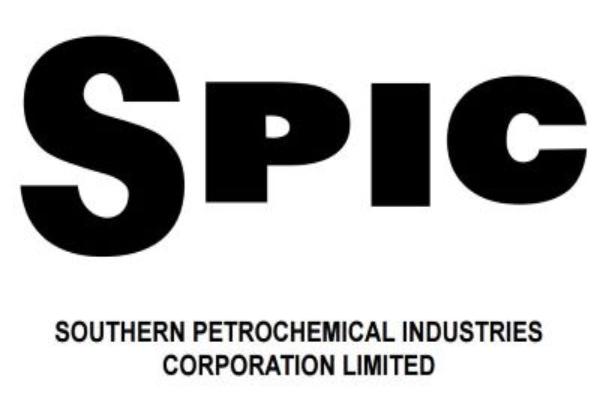The move is aimed at reducing raw material input costs and increasing profitability

Southern Petrochemical Industries Corporation Ltd. (SPIC), one of India's pioneering agri-nutrient and fertilizer company, has completely transitioned to 100% Natural Gas as a raw material source for the production of Urea.
Urea, a widely used fertilizer, contains the elements nitrogen, hydrogen, carbon, and oxygen. Carbon and hydrogen can be extracted from fuel oil, naphtha, and natural gas, while nitrogen and oxygen are taken from the atmosphere.
The completion of the Indian Oil Corporation's (IOC) SRPL team's Enno re cross-country pipeline and ONGC supply of domestic gas through IOCL cross country pipeline presented SPIC with an opportunity to transition to a cleaner fuel source. Embracing this opportunity, SPIC agreed to consume domestic gas and re-gasified liquefied natural gas (R-LNG). In preparation for this transition, SPIC adapted its primary reformer catalyst to handle 100% natural gas. SPIC is one of the anchor customers to benefit from this pipeline.
Until March 2024, SPIC utilized a combination of fuels, with 60% of its domestic natural gas supplied through the Indian Oil Corp Limited (IOCL) Ramnad Tuticorin Pipeline from Oil and Natural Gas Corporation Limited (ONGC), Ramnad.
Congratulating the team on this achievement, Ashwin Muthiah, Chairman, SPIC said, "SPIC has been one of India's pioneering fertilizer companies for over five decades. We are pleased to announce the successful transition to 100% natural gas for Urea production. This shift aligns with our commitment to environmental sustainability and underscores our responsiveness to government policies promoting cleaner fuel sources. We remain committed to implementing carbon-neutral initiatives in our raw material usage and manufacturing processes, thus contributing to global climate action goals."
This will bring down the final cost of production of fertilizers. Feedstock will now be continuously available with no storage requirements and minimum logistics and freight overheads. India is eager to increase gas share in its energy basket from 6.3 percent currently to 15 per cent.
Fuel oil and naphtha were traditionally the primary fuels in fertilizer production, despite their higher impurity levels and environmental pollution potential.
Subscribe to our newsletter & stay updated.